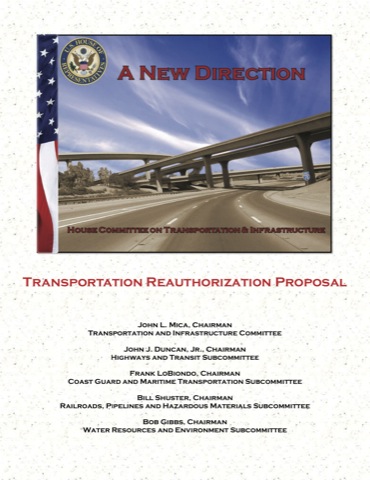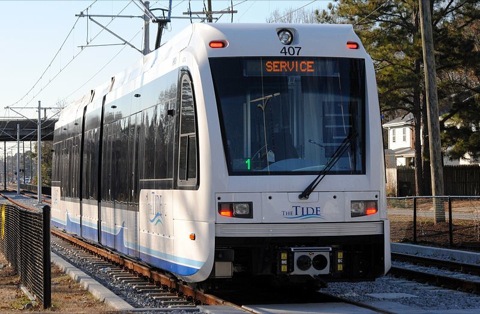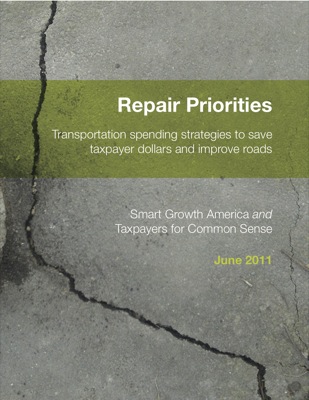In recent months, the Antiplanner has wondered if Representative John Mica, chair of the House Transportation Committee, would act as a true fiscal conservative or revert to his old ways of pork barreling for his state and district. The reauthorization proposal he made last week provides one answer; another can be found in his response to the U.S. Chamber of Commerce, which had criticized Mica’s plan for reducing spending by 35 percent.
The letter castigates the Chamber for demanding higher taxes and more spending. Mica specifically notes that the Democrat’s proposal for reauthorization would have required a huge increase in gas taxes yet reduced highway construction, stymied public-private partnerships, and created numerous new programs that would have diverted even more money away from meeting highway needs. “Despite these flaws,” says Mica, “your organization enthusiastically encouraged support for the legislation.”
Mica notes that, at one time, the Chamber “would advocate strong infrastructure and responsible fiscal policy,” whereas now its main goal “appears to be to lead the lobby for tax increases.” “It is unfortunate that the leadership of the U.S. Chamber of Commerce still does not recognize that the American people have rejected excessive deficit spending and tax increases.”










